Blog
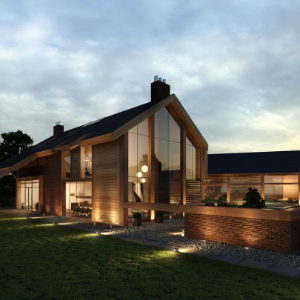
Heating a House Without Gas
Posted on 24 May 2021 in Blog
With gas boilers being phased out of UK homes in an effort to reach carbon net zero by 2050, we've explored a variety of alternative options for homeowners and landlords to heat their homes.
BIOMASS & Pellet boiler stoves
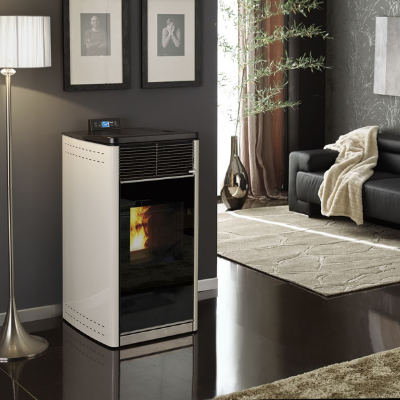
If you have access to your own wood supply, biomass can be an extremely economical option for heating your home. Biomass boilers work by burning biological matter and depending on the make and model, can burn a variety of materials such as timber, straw and grain husks. The most common fuel for biomass is logs, wood chip and wood pellets. The fuel is fed into a combustion chamber where they are ignited, the hot gas and air produced is passed through a heat exchanger which distributes the heat to radiators, underfloor heating and hot water cylinders.
An approximate guideline for fuel requirements is that one tonne of pellets will produce around 4,800kWh of heat, so a small house may only require 2-3 tonnes of pellets, with one tonne costing around £320.
Ideal for: Larger properties or those with an outbuilding which can be used as a plant room, in particular landowners with access to their own wood supply.
Pros
- Uses sustainable fuel including agricultural crop waste
- If you have access to your own wood supply, your energy costs will be minimal
- Consistent levels of efficiency all year round
- Opportunity to claim the renewable heat incentive
Cons
- Not as environmentally friendly as other renewable energy technologies such as heat pumps
- The price of fuel can fluctuate depending on demand and time of year
- You'll need storage space for the pellets and you'll need to remember to refill your supply
HEAT PUMPS
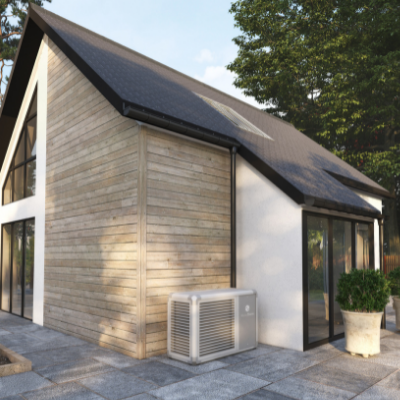
Heat pumps present a highly efficient way to deliver heating and hot water. There are three types to consider; air source, ground source and water source. Heat pumps are powered by electricity and for every kW of electricity used, they'll produce around 3-4kWh of heat making them up to 310% more efficient than a new gas boiler. Heat pumps operate by transferring heat energy from the air or ground, passing it through a compressor to raise the temperature and then passing it through a heat exchanger to distribute the heat through your heating system. Heat pumps are effective all year round, even in winter and in temperatures as low as -20°C.
Ideal for: Homes of any size from new builds to period properties. They can even be installed in high rise apartments through use of shared ground arrays.
Pros
- Highly efficient so you'll see a significant saving on your monthly energy bill
- Fit and forget technology
- Reduces your carbon footprint
- Clean and combustion free
- Long-lasting (around 20-25 years) with little maintenance required
- Can also provide cooling
- Opportunity to claim the Renewable Heat Incentive and in most cases get a complete return on investment
Cons
- In comparison to a gas boiler, heat pumps are more expensive to install
- Due to the ground works required, installation time for a ground source heat pump is also considerably longer than a gas boiler
- In some instances you may need planning permission for an air source heat pump
- Access and space - depending on which type of ground collectors you opt for, you'll either need enough space for the drilling rig to enter the site or for horizontal trenches to be dug
HYRDROGEN BOILERS
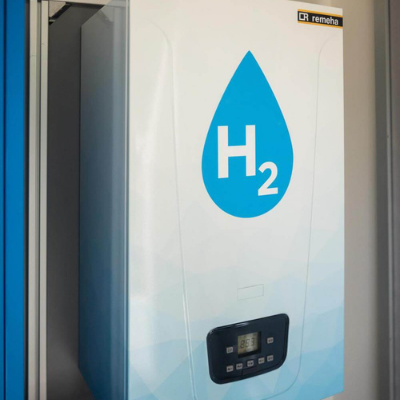
Hydrogen boilers are similar to their natural gas predeccessors in how they are constructed and how they function. Manufacturers are even working on hyrdrogen ready boilers which will have interchangable components that can be swapped out so that they can run on hydrogen instead of gas in future. Hydrogen is a clean alternative to methane, it's the most abundant chemical element, estimated to contribute 75% of the mass of the universe. However, fossil fuels are still currently used to create hydrogen energy, and the infrastructure to produce it at scale is not yet in place. The climate crisis needs action now and whilst hydrogen can help to alleviate our use of fossil fuels in the long-term, it's not a single solution.
Ideal for: Most homes
Pros
- Hydrogen is bountiful in supply making it a sustinable source of fuel
- The way hydrogen boilers operate is similar to a gas boiler making them more familiar and easy to adopt
- The skills required to install a hydrogen boiler will be very similar to gas, meaning the workforce is established
Cons
- You cannot yet purchase a hydrogen boiler, yet the climate crisis needs immediate action
- Like natural gas, hydrogen is very volatile and can combust, it's particularly difficult to store and transport
- Fossil fuels are still currently needed to product hydrogen
- Hydro energy cannot sustain the population - the framework to create the volume of energy needed is not in place
- Hydro energy is expensive to create which may mean higher energy bills
INFRARED HEATING PANELS
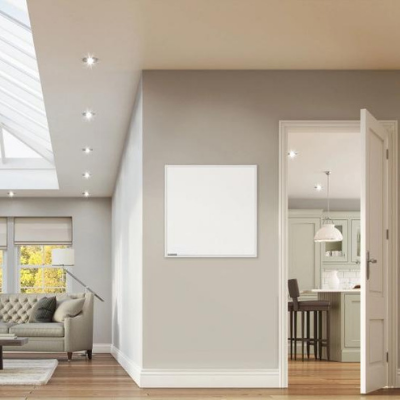
Infrared heating panels are a relatively new product in the heating industry, they use a form of electromagnetic radiation which is 100% safe. Even our own bodies produce infrared radiation, it's how search and rescue works are able to spot people at night using infrared cameras. Infrared panels can be installed on walls and ceilings and can even be designed with decorative images or as a mirror to save space in areas like bathrooms. Infrared panels are relatively low-cost to run and due to the nature of how they emit heat, they can also help to prevent condensation and damp as the walls of the property will absorb and store the heat, making them relatively efficient too.
Pros
- Easy and quick to install
- Choice of sizes and styles
- Space-saving
- Can help reduce possiblity of condensation and damp
Cons
- Infrared panels work most effectively at a surface temperature of 90°C which may not be ideal for all households such as those with young children
- More expensive to purchase than radiators
- You would require a seperate hot water heating system
- Consideration over placement is key as if furniture is placed in front of the panels it can affect their performance
WHAT IS CARBON NET ZERO?
 Facebook
Facebook LinkedIn
LinkedIn Twitter
Twitter













